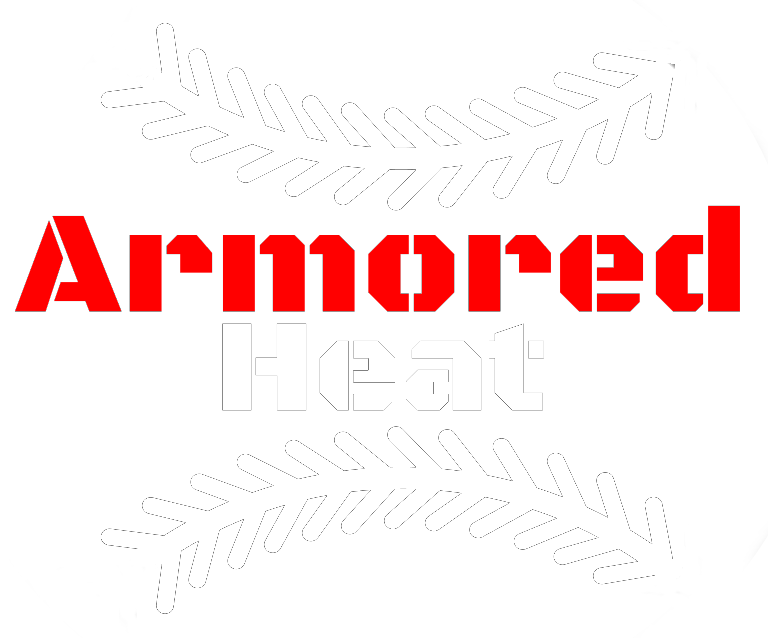Oblique Strains 101
The incidence of Oblique Strains in the game of baseball has skyrocketed in the 21st century. It is unclear whether this is due to changes in training styles, pitching mechanics, or simply better medical examinations/diagnosis. Regardless, will take a deep dive into oblique strains and try to make it as digestible as possible.
The Obliques are 2 muscles of the trunk that control movement in all 3 planes of motion. The External Obliques (EO) run from ribs 5-12 to the front of the pelvis and are primarily responsible for side bending the trunk the same direction and rotating the trunk the opposite direction. Ex: Right External Oblique side bends the trunk to the Right and rotates it to the Left. In contrast, Internal Obliques (IO) attach from the Anterior Iliac Crest and Thoricolumbar Fascia and run up to the anterior lower lower ribs/costal cartilages. Ex: Right Internal Obliques both side bend and rotates trunk to the Right
Key Points from the Research
- 82.5% of Strains are Glove Side for pitchers
- Avg of 35 days to return to Pitching in Professional Players
(*Christopher Camp, Stan Conte et al Research)
How it Happens
Two biggest demands in the delivery:
1) Pelvic/Trunk separation with a small amount of side bend to arm side places very high amounts of preset tension on the front Internal Oblique prior to force transfer to the trunk
2) Rapid and forceful glove side trunk bend recruits both obliques (IO/EO) at a high level
Simply put, you are pre-stretching Front Side IO at max separation, then asking it to produce incredible amounts of speed and force transfer into rotation and side bend toward the glove side from this already weak position. Tough Job
Take Away
When training the trunk musculature, it’s important to train with high amounts end range demand and rapid force development. The static planks and other standard core work will not check these boxes and prepare the tissue for the demands they are about encounter. Thankfully, Med Ball work has become a mainstay in many Baseball S&C programs which does a very good job of prepping and adding strength throughout the curve. It is also important to add in Preset tension with Pelvic and Trunk Rotation in addition to the speed component.
Here are some odds and ends we have seen clinically, but could not find any research that has been done looking at these specific issues:
Most common location for an oblique strain in a pitcher has been Glove side, in the posterior-lateral corner of the trunk just inferior to 11th rib tip
More common in High Vertical Break Pitchers due to them usually having a larger amount of trunk side bend to get to their arm slot
After Injuries, Early trunk motion (in symptom free range) with minimal resistance is a key component of getting to more aggressive/dynamic movement in a shorter timeframe. Immobilization/overprotection prolongs this period



